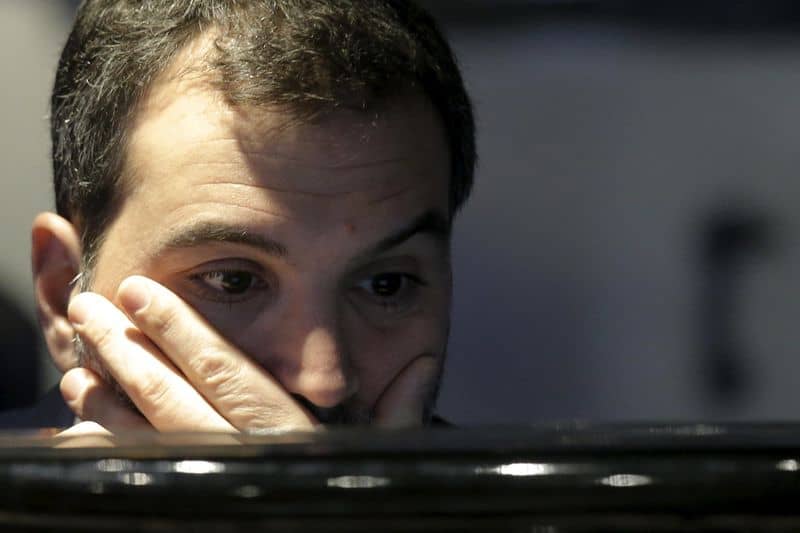
Rabobank, a rural lending specialist, anticipates further financial strain for dairy farmers globally due to the yet-to-be-achieved full rebalance of the Chinese dairy market. However, a demand resurgence that could potentially outpace milk output recovery is increasingly plausible, leading to an anticipated bullish run into 2024. This was according to the bank’s latest quarterly report released on Thursday.
The report titled “Progressing Past the Pain” released on Wednesday, September 13, 2023, detailed how several factors have extended the anticipated dairy demand recovery in China – the world’s largest dairy importer. The economic headwinds and the lull in economic growth in China are shrouded in uncertainty, reducing the likelihood of a strong demand recovery that would provide a solid footing for global dairy markets,” said Rabobank senior agricultural analyst, Emma Higgins.
Chinese milk production is beginning to slow down, a trend expected to continue through 2023 and into 2024. However, a complete market rebalance in China remains elusive. Lower demand for dairy imports in China has led to reduced global dairy prices, which in turn has impacted global dairy production.
“Milk production from the Big 7 export regions – New Zealand, Australia, the EU, the US, Uruguay, Brazil and Argentina – is now anticipated to grow by 0.3 percent year-on-year in 2023, downgraded from last quarter’s estimate of 0.7 percent,” said Ms. Higgins.
On Thursday, September 14, Rabobank noted that while dairy prices are currently depressed, they may soon rebound. Prices at the Global Dairy Trade auction saw a significant drop in August. However, prices experienced a slight recovery at the auction earlier this month. Farmers are now awaiting results from next Wednesday’s auction for confirmation that the market may have bottomed out.
The report also highlighted that the slowing global milk production could eventually match the tepid demand growth in most regions, preventing further significant price declines. Despite the immediate outlook for dairy prices remaining challenging, there is a “ray of optimism” for the months ahead, according to Higgins.
“Demand from Mexico, the second-largest dairy importer, has also been robust, supported by a stronger peso,” said Higgins. She added that although the Global Dairy Trade (GDT) index had weakened, demand from China, which accounts for roughly 30% to 40% of GDT sales since Q2, had not entirely evaporated.
Rabobank sees these factors as indicators of a potential demand-led resurgence in global dairy markets in the coming months. However, farmers will need to navigate through the current financial challenges first. Chinese import demand remains a significant influence on these developments. For January-July 2023, China’s whole milk powder imports are down 40% from the previous year.
Futures market contracts have rallied by 20% since August, causing some market players to question this development. Stu Davison, a consultant with Chicago-based commodities house HighGround Dairy, stated that despite this rally, the fundamentals have not really shifted. He remains “neutral to bearish” on the market’s prospects for next week.
This article was generated with the support of AI and reviewed by an editor. For more information see our T&C.

























